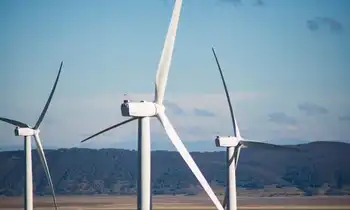BC Hydro connects remote community of Iskut to power grid
VANCOUVER — - VANCOUVER — The remote, northern community of Iskut is now connected to BC HydroÂ’s clean power grid, seven months ahead of schedule. Located 430 kilometres north of Terrace, Iskut is primarily a First Nations community that has, until now, relied on diesel generation for electricity.
“This is a significant milestone in the ongoing development of British Columbia’s electricity system,” said Bill Bennett, Minister of Energy and Mines. “Connecting Iskut to the grid will provide a clean, reliable supply of power to the community. It’s also part of a larger project that will play an important role in the economic development of northwest B.C. by delivering power to a growing region.”
The connection was constructed thanks to the completion of the Northwest Transmission Line NTL this past summer. NTL received a capital contribution from the federal Green Energy Fund, with the condition that BC Hydro connect Iskut to its grid within a year of the NTL coming into service. This interconnection required an additional extension from the NTL – the new Iskut Extension transmission line.
“As we strive to meet a growing demand for electricity, BC Hydro makes ongoing investments that enable cost-effective, clean power to be delivered to our customers across the province,” said Greg Reimer, executive vice-president, Transmission & Distribution, BC Hydro. “We are very pleased to add the community of Iskut to BC Hydro’s customer base. Connecting Iskut to the grid seven months early and reducing their reliance on diesel generation will eliminate about 2,800 tonnes of greenhouse gas emissions per year.”
The generator currently supplying power to Iskut is scheduled for removal in 2016, at a date to be determined in consultation with the Village of Iskut. Until then, it will serve as back-up supply.
Related News

Winter Storm Leaves Many In Texas Without Power And Water
DALLAS - Nearly 3 million homes and businesses in Texas remain without power, some for a third consecutive day, as severe winter weather continues to pummel the state, forcing some localities to issue boil-water notices and urge residents to reduce their electricity usage.
Heavy snowfall, ice storms and bitter temperatures continue to put an enormous strain on the state's power grid. This as the Electric Reliability Council of Texas (ERCOT), which manages roughly 75% of the Texas power grid, announced Wednesday morning that some 600,000 households had power restored overnight.
That still left another 2.7 million customers having to endure extreme cold…




